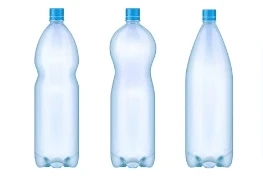There are several manufacturers of bottled water.
Although some items are made using regular tap water that has been bottled, others utilize natural spring water or another source.
- pure water from an artesian well
- bottled water from a mineral spring
- A natural water source
- water source
Bottled water has been debated for its safety and environmental effect, despite claims that it is healthier, tastier, and more convenient than tap water.
Microplastics are possible.
Safety standards for producers are:
processing, bottling, storing, and transporting under hygienic conditions
purifying water such that harmful germs and chemicals are not present
Increasing safety from chemical and microbiological contamination by instituting quality control
Taking samples of the raw water and the finished product and analyzing them for impurities.
Bottled water is typically safe to drink, despite the infrequent recalls caused by contamination.
Yet, microplastics—extremely tiny bits of plastic—may be hiding in certain foods.
Microplastics, according to studies on animals and other research, disrupt endocrine systems, cause inflammation, have detrimental health impacts, and build up in the body\'s organs, such as the liver, kidneys, and intestines.
Research published in 2018 examined 11 commercially available brands of bottled water from 9 countries and found that 93% of the 259 bottles tested contained microplastics. The bottling and shipping processes contributed to the contamination problem.
Different tastes
In blind-tasting testing, most individuals cannot distinguish between bottled and tap water.
But, depending on the water source and the container, there may be significant differences in the flavor of bottled water. For instance, the mineral water taste varies with its minerals.
Carbonated and flavored waters have distinct flavors, so some people choose them.



